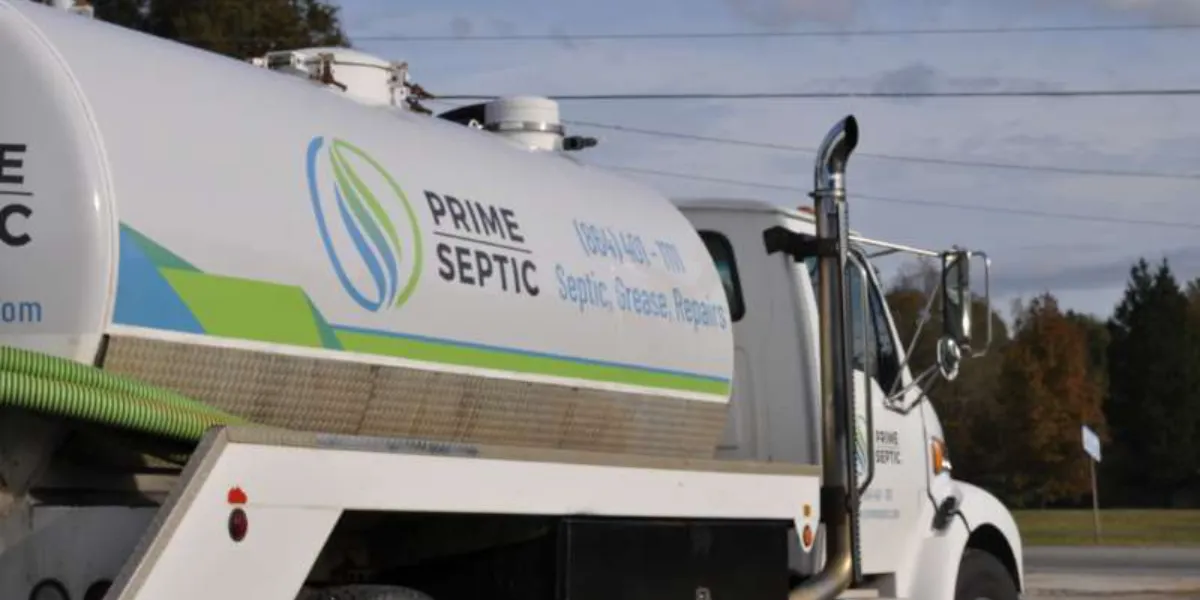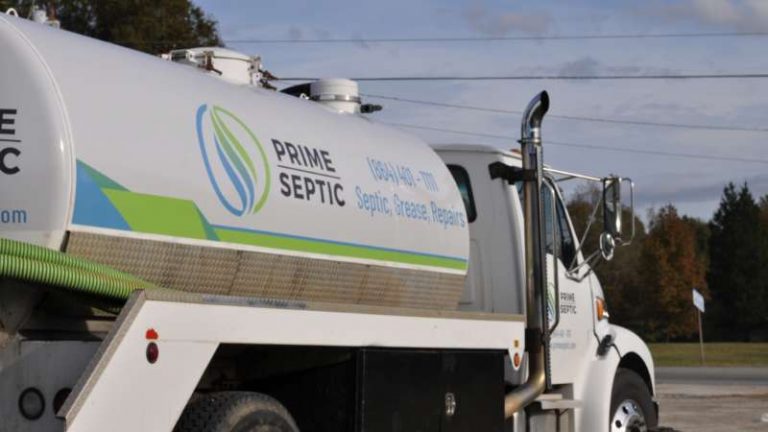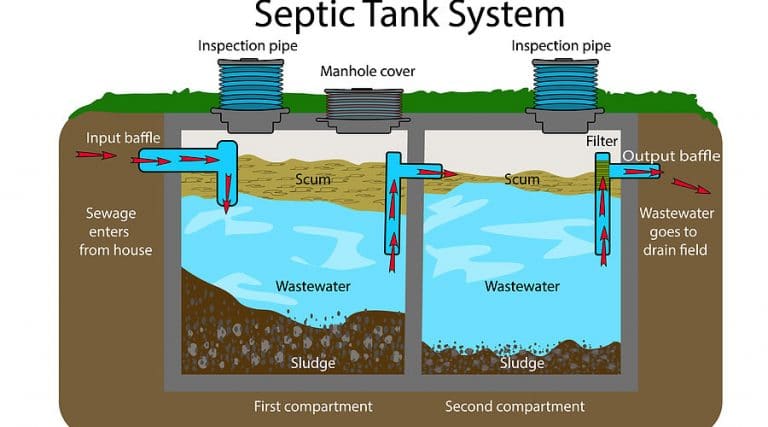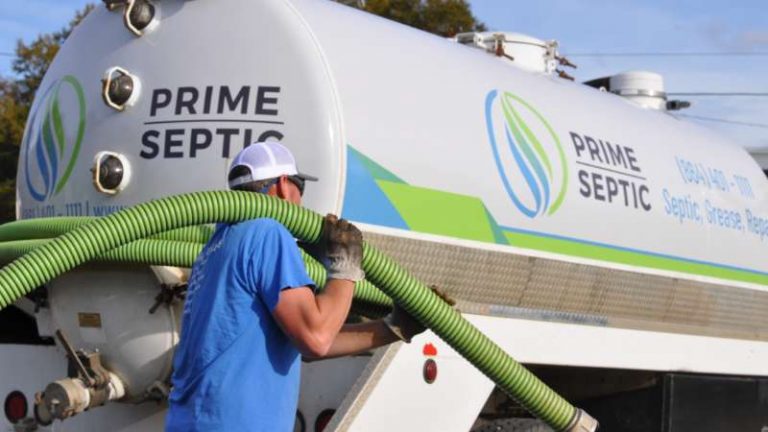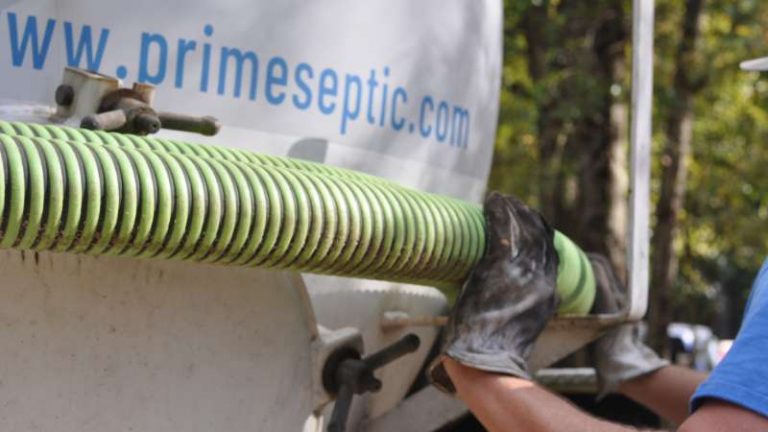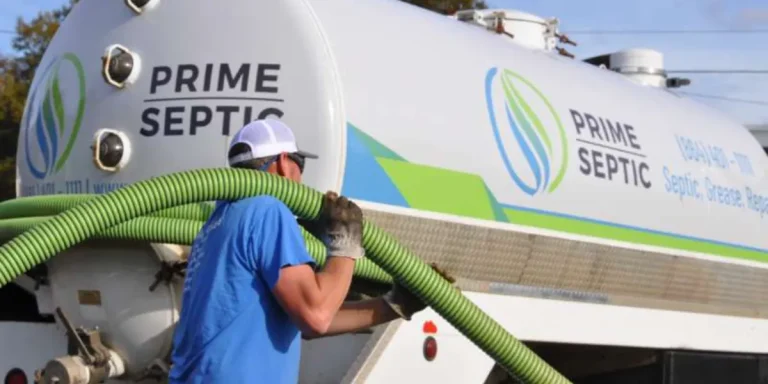Can You Repair a Failing Drain Field? Yes—Here’s How
If you’re noticing standing water in your yard, slow drains inside your home, or foul odors near your septic system, you could be dealing with a failing drain field. While many homeowners assume this means complete replacement, that’s not always the case. In many situations, a failing drain field can be repaired—and acting quickly can save you thousands in long-term costs.
At Prime Septic, we’ve helped homeowners across Belton, Piedmont, Simpsonville, and the surrounding areas get their septic systems back on track with smart, cost-effective repairs. Here's what you need to know.
What is a septic drain field—and why does it fail?
A septic drain field, also called a leach field or absorption area, is one of the most important components of your septic system. After wastewater leaves your septic tank, it flows into the drain field, where it’s distributed through perforated pipes buried in gravel-filled trenches. The surrounding soil naturally filters and treats the water before it re-enters the groundwater system.
When your drain field is healthy, this process works silently in the background. But when it’s compromised—whether due to age, damage, or overload—wastewater can no longer disperse or absorb properly. This leads to backups, soggy yards, foul odors, and in some cases, complete system failure.
What causes a drain field to fail?
There are several common reasons a drain field may stop functioning. Most are preventable with proper maintenance and care:
-
- Neglected septic tank pumping
Over time, solids build up in your tank. If the tank isn’t pumped regularly, those solids can flow into the drain field, clogging the lines and preventing wastewater from dispersing. Once clogged, the field may require extensive cleaning—or even partial replacement. - Tree root intrusion
Roots from nearby trees and shrubs are naturally drawn to the moisture in your drain field. As they grow, they can infiltrate and break into the perforated pipes, restricting flow and causing structural damage. This is especially common in rural areas like Belton and Honea Path, where trees often grow close to septic systems. - Heavy equipment or construction over the field
The drain field is not built to bear weight. Parking cars, placing sheds, or using heavy machinery over the area can compact the soil or crush pipes. Even a single event like a landscaping project can permanently reduce your system’s performance. - Hydraulic overload (too much water)
Septic systems are designed to handle a specific volume of wastewater each day. If your household sends more water into the system than it can handle—due to leaking toilets, running appliances, or excessive guests—the drain field may become overwhelmed. This can force untreated wastewater to the surface or back into the home. - Soil compaction or poor drainage
In areas with dense clay or poorly draining soils—common in parts of South Carolina—water may not absorb properly into the ground. Over time, compacted or saturated soil becomes less effective at treating wastewater, causing backups or ponding on the surface. - Age and wear
Even well-maintained systems eventually wear out. After 20 to 30 years, the soil in the drain field may become saturated with organic material that slows down or prevents filtration. If your system is several decades old, the field may need to be restored or replaced.
- Neglected septic tank pumping
Understanding why your drain field is struggling is the first step to finding the right solution. At Prime Septic, we use our experience and local knowledge to diagnose the issue quickly and recommend the most effective repair options for your specific system and soil type.
Signs your drain field may be failing
A failing drain field rarely stops working all at once—it usually shows subtle warning signs first. Recognizing those early symptoms can help you act quickly and avoid more serious (and costly) damage to your septic system.
Here are the most common signs to look out for:
-
- Soggy patches or standing water above your drain field
If you’re seeing wet, mushy areas in your yard—especially during dry weather—it could mean your drain field is oversaturated. When wastewater can't absorb into the soil, it may rise to the surface instead. This often happens in the area directly above or around the leach lines. - Strong sewage odors in your yard
A properly working drain field treats and filters wastewater underground, so you shouldn’t smell anything. If you notice a foul, sewage-like smell near your tank or leach field, that’s a red flag. Odors are a sign that partially treated wastewater is surfacing or being released too close to the surface. - Lush, fast-growing grass over one area of the lawn
A patch of grass that’s greener and grows faster than the rest of your yard might not be a good thing. It can indicate an excess of nutrients and moisture from untreated effluent seeping into the soil—a clear signal that your drain field isn't dispersing wastewater correctly. - Frequent backups or slow drains inside the home
If your septic system can’t push water out into the field, it may back up into your home. This often shows up as:- Toilets that struggle to flush or refill
- Sinks and tubs that drain slowly
- Washing machine drains that overflow
When multiple fixtures in your home are affected at the same time, the problem is likely with your septic system—not your plumbing.
- Gurgling sounds in plumbing fixtures
Strange bubbling or gurgling noises from drains or toilets can signal trouble in your septic lines. These sounds may happen when wastewater can’t pass through the system smoothly due to pressure buildup or restricted flow in the drain field.
- Soggy patches or standing water above your drain field
If you're noticing one or more of these symptoms—especially in older systems or in high-usage households—it’s time to have your system evaluated by a professional. At Prime Septic, we’ve inspected and repaired countless systems across Belton, Fountain Inn, Pelzer, and Simpsonville. We’ll identify the cause of the issue and explain your repair options clearly so you can make an informed decision.
How Prime Septic repairs failing drain fields
Repairing a failing drain field requires more than a quick fix. Each septic system is unique—affected by soil type, usage habits, system age, and even local weather conditions. That’s why at Prime Septic, we begin every repair with a comprehensive on-site inspection. Our goal is to identify the specific cause of the failure so we can tailor the right solution to your property.
We assess the condition of your tank, drain lines, and surrounding soil, and we also evaluate external factors—like surface water drainage or root intrusion—that may be contributing to the issue. Once we understand what’s going wrong, we walk you through your options in plain terms.
Depending on the diagnosis, our repair methods may include:
-
- Jetting and cleaning drain lines
Using high-pressure water, we flush out accumulated sludge and biological buildup inside the drain lines. This process can help restore flow and prevent further saturation of the soil, especially if the system has been overloaded or under-maintained. - Soil restoration and rejuvenation
If the surrounding soil has become compacted or biologically clogged (a condition known as biomat buildup), we may use specialized equipment or additives to break up the compaction, reintroduce oxygen, and improve the soil’s absorption capabilities. - Redirecting surface or stormwater
In many cases, poor surface drainage is a contributing factor. We install solutions such as French drains, surface swales, or simple regrading to direct excess rainwater away from the drain field, keeping it from becoming oversaturated. - Partial field replacement
If only a portion of the drain field has failed—due to root damage, collapsed lines, or improper installation—we can isolate and replace the affected area without disturbing the entire system. - Field extension or load redistribution
If your system is consistently overloaded, we may recommend adding a new drain line or expanding the field into an unused section of your yard. This reduces the burden on your existing lines and can often restore performance without a full rebuild.
- Jetting and cleaning drain lines
Clear communication, no-pressure recommendations
At Prime Septic, we understand that drain field problems can be stressful and often unexpected. That’s why we make it a priority to:
-
- Explain our findings in a way that’s easy to understand
- Offer realistic repair options based on your system and budget
- Avoid pressure tactics or unnecessary upsells
- Provide transparent pricing and timelines
And if your system is beyond repair, we’ll help you plan for a full replacement—guiding you through permitting, design, and installation from start to finish.
Whether you’re located in Belton, Easley, Williamston, or Greenville, we bring the same level of detail and dedication to every job. Your septic system is too important to trust to guesswork, and that’s why Prime Septic is the local team homeowners turn to when drain field issues arise.
Real example: A successful field restoration in Honea Path
A customer in Honea Path noticed water pooling near their septic tank. After inspection, we discovered that roots had invaded one section of the drain field and were restricting flow. We removed the root blockage, cleaned the lines, and installed a barrier to prevent future growth. Within days, their system was functioning like new—without the cost of a full replacement.
Preventing future drain field problems
Once your system is back in good shape, it’s important to protect your investment. Here’s how:
-
- Pump your tank every 2–4 years to prevent solids from reaching the drain field
- Limit water usage during storms or high-demand periods
- Avoid planting trees or driving vehicles over the field
- Schedule regular inspections to catch problems early
We can help with all of this through our routine septic pumping, inspection, and repair services in Belton and surrounding areas.
Proudly serving Upstate South Carolina
Prime Septic provides expert septic services to homeowners and businesses in:
If you’re near one of these towns, we’re your local septic repair experts.
Ready to restore your septic system?
If your drain field is failing, don’t wait for the problem to get worse. Contact Prime Septic for a professional inspection and honest repair recommendations. We’re licensed, experienced, and committed to keeping your home safe and your septic system healthy.
Call now or request a free estimate—we proudly serve Belton and communities across Anderson, Greenville, and Pickens Counties.

